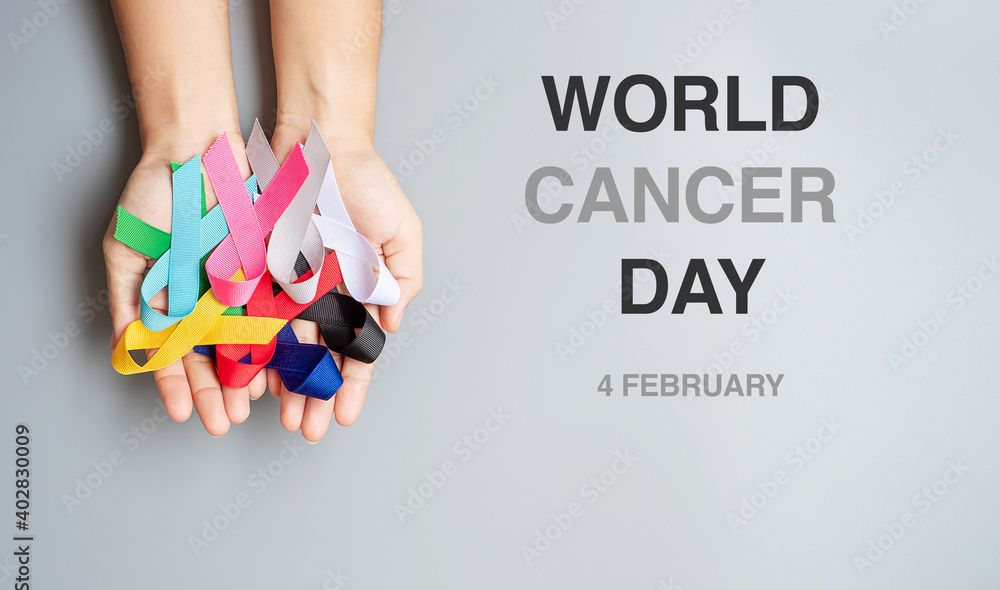News
Article
‘Closing the Care Gap’: Efforts Aligning With World Cancer Day
Author(s):
In honor of World Cancer Day, we highlighted ongoing and successful advocacy efforts in the oncology space.
Here are four ongoing and successful advocacy efforts in honor of World Cancer Day.

Feb. 4 is World Cancer Day, an initiative from the international nonprofit, Union for International Cancer Control. Over the last few years, the campaign focused on “closing the care gap” for patients with cancer, and this year, there was a specific focus on challenging those in power to become advocates for change.
“Together, we will make sure our leaders know that we demand a commitment to prioritizing cancer, to creating innovative strategies designed to confront inequity and to investing our resources to achieve a just and cancer-free world. We will call on leaders to eliminate health inequities by addressing their root causes, ensuring that everyone has access to quality health services when, where and how they need them,” the World Cancer Day’s website says.
In honor of World Cancer Day, we’re highlighting some stories from CURE® that show the efforts and rewards of speaking up, as well as the ongoing efforts of people and organizations who continue to fight for more equitable care.
Medicare Must Now Cover Lymphedema Treatment Garments
On Jan. 1, 2024, the Lymphedema Treatment Act went into effect, mandating that Medicare Part B must now cover clinician-prescribed compression garments to treat lymphedema, a complication that can come from the removal of lymph nodes during cancer treatment.
The act came after years of advocating for patients and organizations alike, according to Joanna Fawzy Doran, the CEO of Triage Cancer.
“Frankly, this has been a very long road. There have been a number of organizations in the advocacy community who've worked very hard to get this coverage passed for decades even to try to get coverage for these types of garments, which are not inexpensive,” Doran said in an interview with CURE®. “So, patients having to pay out of pocket for these types of garments have been a challenge for patients in the past.”
On the Front Lines of Lung Cancer
Another regulatory change that improved access to care was the 2022 Sergeant First Class Heath Robinson Honoring our Promise to Address Comprehensive Toxics (PACT) Act, which expands benefits and services for veterans who became ill after being exposed to toxins, such as burn pits.
Under the act, veterans who develop respiratory cancers after being exposed to Agent Orange during the Vietnam War or burn pits during the Gulf War and post-9/11 eras are not required to prove that their cancers initiated during or were worsened because of their military service.
“There are large databases that provide a long list of chemicals on military bases that are carcinogenic. Some of them can be absorbed through the skin, some of them can be inhaled through vapors. Our veterans were also exposed to many of these chemicals when deployed to combat zones and were exposed to even more toxic chemicals” Dr. Drew Moghanaki told CURE®.
Patients on Medicaid Disproportionately Affected by Drug Shortage
Unfortunately, many cancer disparities still exist. For example, in 2023, a major chemotherapy shortage led to delays or missed treatments in cancer centers across the nation. According to research conducted by the American Cancer Society Cancer Action Network (ACS CAN), these drug shortages impacted patients insured by Medicaid more so than those covered by Medicare or private insurance.
In an October 2023 statement, Lisa Lacasse, president of ACS CAN said, “Congress needs to act urgently to address today’s drug shortages by advancing a comprehensive proposal that will both resolve the current issue as well as prevent future crises.”
Then, in a November 2023 interview with CURE®, Mark Fleury, policy principal of ACS CAN explained that smaller cancer treatment centers with fewer resources and personnel to “chase down these drugs” may be a reason why certain centers find more difficulty in getting the drugs they need. These centers with fewer resources tend to serve patients with fewer resources as well.
Making Strides and Breaking Down Barriers in Genetic Testing for Breast Cancer
Disparities also exist when it comes to genetic testing for patients with breast cancer. African American, Hispanic and Asian people tend to be referred to genetic testing and counseling after they’ve already received a cancer diagnosis — making it impossible for them to undergo preventative strategies. Additionally, LGBTQIA+ people historically have faced barriers to health care, which could also affect genetic testing, explained Angela Trepanier, a genetic counselor who spoke with CURE® on behalf of the nonprofit organization, FORCE.
“Organizations like FORCE … can support people and provide them with information. The advocacy that they're doing to help people recognize the risk factors and get them to actually ask for genetic counseling and testing and give them the tools to know how to do that. That is something that can address those disparities as well,” Trepanier said.
For more news on cancer updates, research and education, don’t forget to subscribe to CURE®’s newsletters here.




